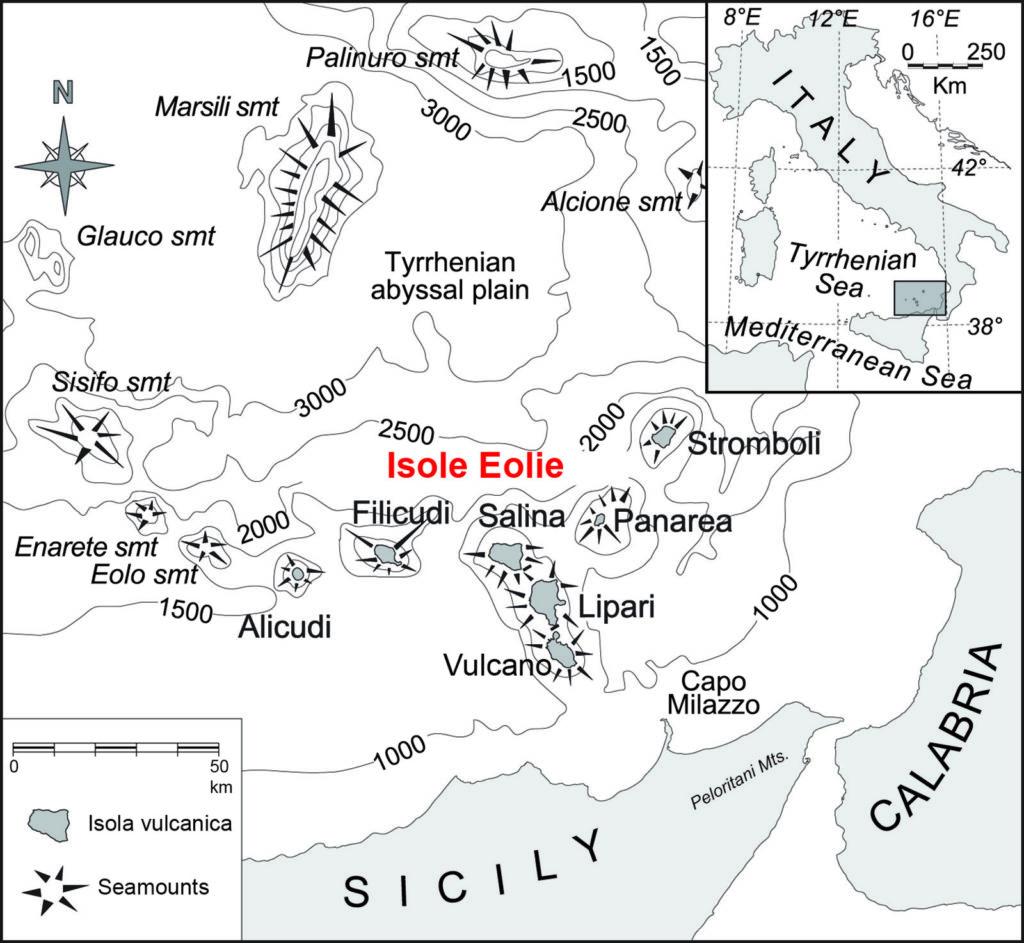A volcano is the surface manifestation of magma, i.e. molten rock mixed with gas and vapour, at high temperatures. After its eruption on the surface, the molten material is called lava.
When lava solidifies, it usually accumulates to form a volcanic structure.

The most important parts of a volcano are:
Lava differs from volcano to volcano, especially in chemical composition, gas content and temperature. These factors affect the viscosity of magma, i.e. how fast the lava can flow.
The solid fragments that are thrown out by a volcano are called pyroclastic products, and have very variable dimensions: volcanic ash; lapilli; volcanic bombs.